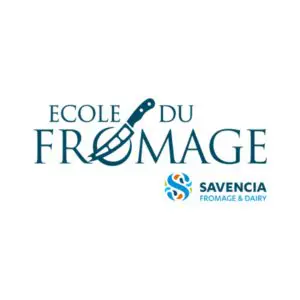
LEVEL
THREE
SELF-STUDY
ENGLISH
LEVEL THREE
To gain Level Three accreditation, delegates are required to pass eight modules, these are purchased individually and studied on a module-by-module basis. There are four core and four (out of a total of nine) supplementary modules. Delegates can choose the four supplementary modules they want to study. All modules are accessed via online Learning Roads and each module will have an online assessment.
The Academy of Cheese Level Three certification is aimed at cheese enthusiasts and individuals in the following professions: senior staff in cheese retail, food service or wholesale; cheesemakers; judges for cheese competitions; technologists; or associated professions.
Level Three is studied on a modular basis; not only allowing delegates to schedule coursework around work commitments and spread the cost, but enabling them to tailor the course to suit their personal interests. Each individual Level Three module has instant access to a learning road, created by world-class cheese industry professionals, and includes digestible chapters and progress checks.
To gain Level Three certification candidates will have gained Level One & Level Two Academy of Cheese certifications previously and will need to pass all eight modules.
NB. All modules are available for purchase by individuals wishing to expand their existing knowledge (without certification) even if they have not previously studied with the Academy of Cheese.
For each module candidates must complete an online assessment consisting of 30 to 100 questions with a combination of multiple choice and short written answers (Pass mark ≥80%).
For an individual to gain Academy of Cheese Accreditation at Level Three they will have to complete and pass the assessment in each of the four core modules below plus four (out of nine) of the supplementary modules. The choice of which supplementary modules they wish to study is up to the individual.
It is anticipated that it will take approximately 100 hours to study for Level Three. Modules may be studied, in any order, separately, over a period of time.
It is anticipated that the Cheese Library module will take approximately 50 hours of self study plus as much time as candidates wish to commit to training and tasting.
Each Module (other than the Cheese Library module) will take approximately 3 hours of training time plus approximately the same amount of time as home study.
It is recommended that candidates have completed the Academy of Cheese Level One & Two Certifications as these cover the foundations for the learning at Level Three & Four.
The candidate is expected to have learnt about all of the 300 cheeses on the Level Three list (which includes 100 from Levels One & Two) by the time of their assessment.
Candidates should have tasted as many as is practically possible within their country or region, or where this is not possible, a range of similar cheeses in the same Make, Post-Make class.